Powered by a new breed of technology
For my first long-form post, I'm pleased to start by quoting our project manager, Elias Michelioudakis (@elias.mic), a Senior PM with 25 years of experience:
"This is the first project I know of in the Commission which has delivered more than expected, faster than the schedule and for less money than agreed"
Background
The European Financial Transparency Gateway (EFTG: https://eftg.eu ) is a pilot project at the initiative of the Directorate General FISMA of the European Commission, with funding from the European Parliament, and with the objective of furthering the Capital Markets Union by increasing financial transparency and facilitating investor access to regulated financial information, in line with the Transparency Directive (Directive 2013/50/EU) and the EEAP regulation (Commission Delegated Regulation 2016/1437).
DG FISMA, supported by the Directorate General CONNECT, decided that blockchain technology could bring distinct benefits and help address specific challenges facing this initiative, especially by clarifying concerns related to data control, liability and access rights.
Unlike classical IT architectures, a blockchain-based solution was expected to provide and maintain a secure, reliable link between data and actors in the system while being cheaper and faster to develop and deploy than a custom-built system.
Figure 1. Landing page https://eftg.eu
What has blockchain technology brought to EFTG?
Efficiency
First and foremost, as indicated in the quote at the top of this paper, the EFTG pilot has benefited from the particular ethos surrounding blockchain. Much more than a new technology "blockchain", means increased freedom and informal collaboration that takes "open source software development" to the next level, enabling a consortium with a shared interest to remain in control.
Open source software (OSS) has a major impact on software development all over the world but many people reckon its impact could and should be even bigger. Despite structurally lower costs (development is done for free), one thing that was holding OSS back was the absence of a codified, quasi-contractual gateway between the OSS communities of developers and the businesses wanting to benefit from their efforts.
Select blockchain technologies are today able to provide that quasi-contractual relationship which allows OSS to enter professionally managed software development processes. With the right blockchain as a platform for open commitments, the OSS community can pledge to deliver a specific piece of software by a certain date with a very robust level of confidence, for a fraction of the usual costs!
We selected steem because it is free, open source, and user-centric with an energy-efficient "Delegated Proof of Stake" (DPoS) consensus mechanism.
One of the reasons for the EFTG pilot being developed so cheaply is the outstanding voluntary contribution of the steem blockchain OSS community, voluntarily organized by a European start-up of a new breed, Utopian.io (@utopian-io).
What's more, Utopian.io services have costed Europe nothing! They were not paid from the project budget, but from the steem blockchain's "reward pool"!
Figure 2. The Utopian.io community has contributed custom code to EFTG. Contributors have been rewarded by the unique "Proof of Brain" mechanism of the steem blockchain.
Thus, before we even consider other specific benefits of using blockchain, and regardless of what one thinks about immutability (or any other touted advantage of blockchain), one has to acknowledge that this technology allows projects to develop more, faster, cheaper!
Data control
The main "bone of contention" that hindered the Commission transparency initiatives in the past was the issue of data control. "Data is the new oil", it has been said. Financial data gathering, aggregation and timely dissemination is the basis of business empires such as Bloomberg and Thomson Reuters.
Blockchain systems are by design jointly-owned IT systems. Unlike classical IT systems which have one entity as owner, blockchain systems are owned by a consortium (or "cooperative").
The EFTG pilot addresses this major concern in a convincing manner. The EFTG pilot started as fully owned by DG FISMA and is gradually sharing ownership with consortium participants, National Officially Appointed Mechanisms (OAMs). Several OAMs have uploaded real financial data into a system over which none of them has sole control and ownership.
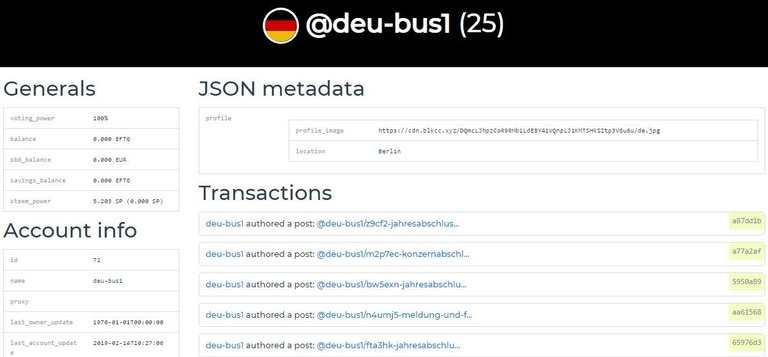
Figure 3. The German OAM (Unternehmenstegister) has assumed joint ownership of the system and uploaded real financial data.
The blockchain technology, thanks to unforgeable cryptographic signatures, vouches credibly that they will not lose control over their data.
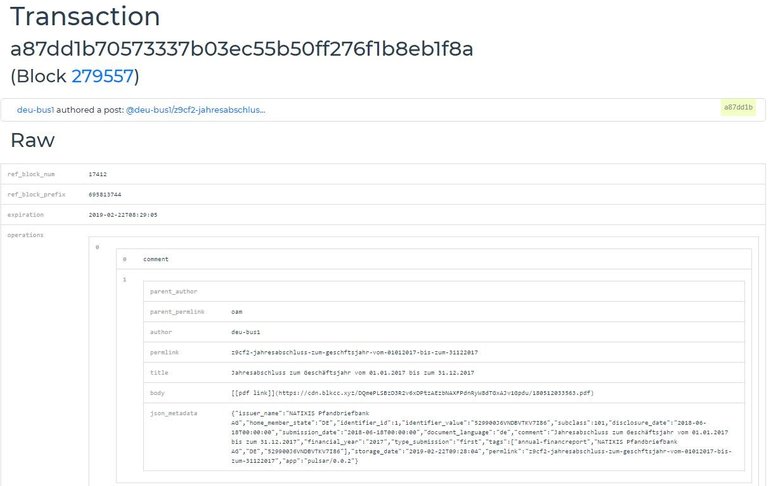
Figure 4. The blockchain value proposition is safeguarding data ownership through cryptographic signatures
Resilience
Blockchain-based information system architecture entails a big (25+) and variable number of copies of the system ("nodes") running in different locations, on different hardware infrastructure, under supervision of different entities. Any number of entities can participate by running the software and joining the network consensus. The blockchain synchronizes the copies and ensures that they are all in the same state.
Unlike a classical information system, there is no single point of failure in a blockchain architecture. Any machine can dysfunction or fail, any network connection can be lost, any individual software instance can experience a fatal error, for as long as enough copies continue to be online for consensus to be achieved (currently 21 instances), the users will not suffer any interruption of service.
Resilience needs to be "bolted on" with great effort in classical IT architectures, by using costly techniques such as "high availability", "load balancing", and real-time monitoring. By contrast, blockchain software is "resilient by design". However, it still needs to be operated using good practice.
Our pilot has begun as a "blockchain-system-in-transition" where all the nodes were controlled by a single entity, the DG DIGIT of the European Commission (see yellow dots in Figure 1 above). This is usually referred to as "blockchain in name only". However, the great success of the EFTG pilot was to achieve real geographic distribution, infrastructure diversity and redundant, independent monitoring, thus enacting the promise of "resilience by design".

Figure 5. Five National OAMs (Romania, Luxembourg, Germany, Bulgaria, and Italy) have now joined the EC network (small yellow dots) with nodes they themselves control and operate (big dots).
As you can see in Figure 5, as from the beginning of March 2019, five national OAMs have provisioned resources, installed and began running the EFTG pilot software. Currently, Romania (ASF ROMANIA), Luxembourg (Luxembourg Stock Exchange), Bulgaria (Financial Supervision Commission), Germany (Unternehmensregister) and Italy (EMarketStorage) are “live”. They have joined the network (which runs on the open Internet) and are already validating blocks.
Sustainability
Running an instance entails economic costs. The members of the consortium are expected to contribute in good faith to a "common good", a running platform which serves its users.
Since any contributor to the network's resilience can, taken separately, stop incurring operating costs with no immediately visible downside effect on the "common good" (the platform), it may not be economically sound for any of them to contribute actively by running an instance. If each participating entity acts in their best self-interest, the "common good" may end up not being sustainable.
Traditionally, the classical policy tool for tackling this problem has been compulsory regulation.
Blockchain is the first technology which complements and offers an alternative to legal constraint: economic incentives measured and accounted for in a "unit of account", an internal blockchain crypto asset ("token").
In the EFTG project, this mechanism is implemented "out-of-the-box" using steem's features. Such mechanisms have been proven to be robust and secure. It can be said that a solution implemented with our blockchain architecture benefits from a free, built-in "accounting module" for its back-end.
Currently EFTG pilot leverages this extraordinary feature of blockchain technology in the way it keeps track of the contribution of the different OAMs to the resilience and security of the network.
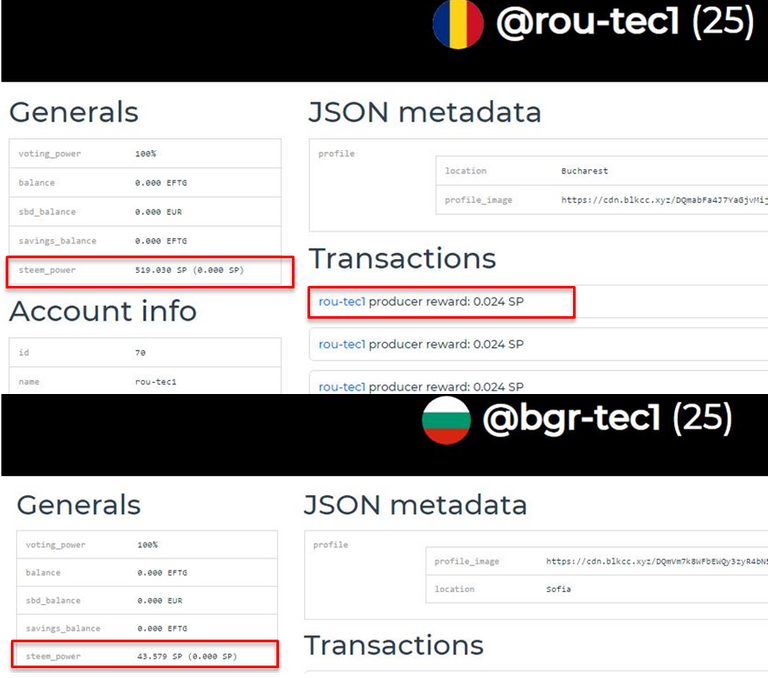
Figure 6. OAMs running witness nodes are rewarded in "SP" each time they sign a block. The blockchain does the accounting for their total number of SP as "steem_power"
As you can see in Figure 6 each time a witness node validates and appends a block, it is rewarded with a token called "SP" (steem_power). As the OAM nodes get to validate one block per minute, the longer an OAM operates a witness node, the more "steem_power" it accumulates, as you can see above for Romania (the first OAM-operated node on-line) and Bulgaria, who joined the network at a later stage.
Thus the tokens system of the blockchain could prove to be a very efficient tool commonly agreed upon and used to monitor the system from a resources perspective.
Reusability
Blockchain being essentially a back-end technology, it has an additional benefit: it can store a variety of data and give access to the stored data to multiple, independent front-end applications.
Indeed, all the images which were used to illustrate this text come from the web interface developed by the Commission. However, as the OAMs gradually take ownership of the platform and of the technical skills involved, each one of them will be able to develop its own front-end application interacting with the common blockchain in novel, programmable ways.
The underlying blockchain is extensible and will be able to serve future OAMs applications, storing and displaying OAM-specific data, independent of the EFTG pilot portal and of each other.
Conclusion
The Commission has legislated to advance financial transparency, thus advancing toward the Capital Markets Union and stimulating investment in Europe. Classical IT architectures appeared to be somewhat limited; they fell short of addressing many legitimate concerns of the participants. In contrast, the EFTG Pilot demonstrated that Distributed Ledger Technologies can naturally address these at reasonable cost.
Through the EFTG pilot, the European Parliament and the European Commission are leading by example and demonstrating in practice how technological innovation can be harnessed for the advancement of the European project.
The selected blockchain technology has displayed unique features which no other technology cumulates:
- Efficiency – the ability to develop more, faster, at a lower cost
- Data control – a trustable link of data ownership
- Resilience – a high level of service for users
- Sustainability – advanced economic mechanisms
- Reusability – support for independent (or "decentralized") applications

I am operating the witness @lux-witness
If you know what witnesses are and agree that people commited to keeping this blockchain ticking play an important role ...

(by simply clicking on the picture - thanks to SteemConnect)
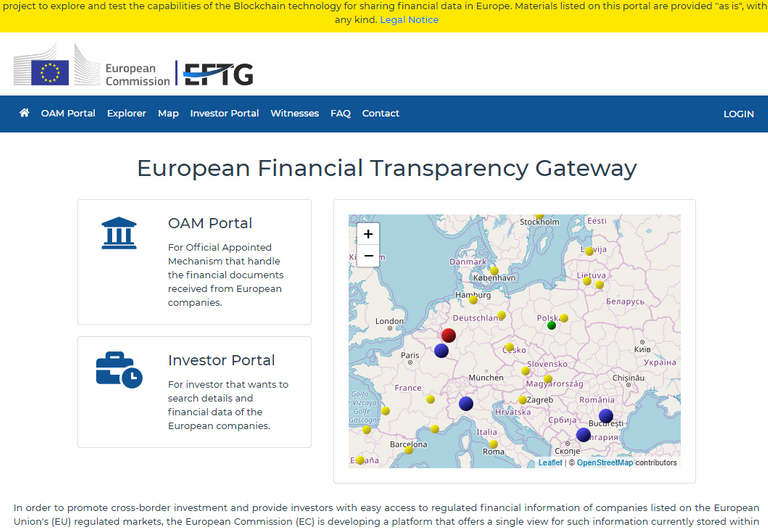
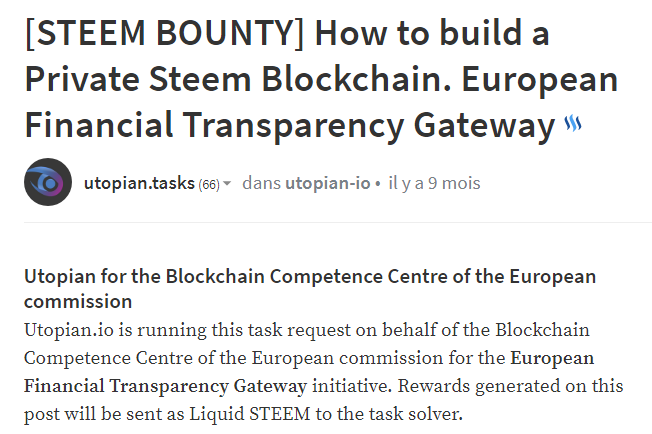
I have quite some difficulties reading this post. To be honest after reading it once I had no clue what it is about.
Bueno el tema; Con todo esto de la nueva economía, y la base que va generando el Blockchain, ademas, en lo que refiere a la transparencia financiera, se permite un mejor desarrollo politico en cuanto a inversiones, ademas de la fortaleza del capital, dejando abierto el crecimiento tecnológico es toda base que se desarrolle dentro de la Economía. pues, esto también seguirá generando diferencias entre los políticos pero si se trata de un bien común, que Dios Bendiga la transparencia Financiera en el mundo.
I sympathize, it's a longer story, have you read the linked post introducing the pilot some months ago?
https://steemit.com/utopian-io/@sorin.cristescu/european-financial-transparency-gateway
In a few words:
This is really great to see @pstaiano. It is equally exciting to see 5 OAMs supporting the project.
On behalf of @elear and the Utopian team, thank you for working with us on this project. This is a great opportunity for the Open Source community.
Many thanks for your help, guys, you are the best! I hope things will work out well for Utopian in the end, even if the outlook is clouded right now
Haha, transparency does not exist in the really world.
Are you involved in running that witness account? They have my vote assuming you are. 😎
Yes, @lux-witness is Pablo, the author (@pstaiano) and myself, see the latest witness update here:
https://steempeak.com/witness-update/@lux-witness/spring-update-it-s-been-almost-a-year
Thanks for the clarification!
This is brilliant summary of a real project showcasing power of dPOS based projects and particularly Steem. @elear must be congratulated
Interesting development.
For a non-tech savvy guy like me, this article is rather confusing. But basically it's a European project concerning the blockchain, right?
Yes. They are using blockchain technology for financial transparency, by my understanding, as a pilot project.
Indeed, @novacadian has perfectly summed it up
This all reads very exciting even though I don't understand everything.
Is this project considered to be implemented in the real world or was this just a showcase project?
My understanding is that the OAMs are real.
It is implemented in the real world, with real national agencies running nodes. It's still considered a pilot, not "production grade", but with real data and real participants, not just a sandbox / proof of concept
i dont understand. only companies and teams can sign up? who is allowed to participate in witnessing? its not for private money transfers used?
Interesting question.
Posted using Partiko iOS
Nope, it's not, it's a very specific implementation, separate from the steem mainnet (but using the same code). It goes to show the versatility of blockchain technology (specifically of steem)
You got a 86.61% upvote from @joeparys! Thank you for your support of our services. To continue your support, please follow and delegate Steem power to @joeparys for daily steem and steem dollar payouts!
You type much.
Wish you guys all the best with your project
About 249.51$ has been spent to promote this content using Steemium
Thank you very much for this valuable post. This new project regulates blockchain in europe. Thank you again
Posted using Partiko Android
@steemium purchased a 73.60% vote from @promobot on this post.
*If you disagree with the reward or content of this post you can purchase a reversal of this vote by using our curation interface http://promovotes.com
You got a 76.73% upvote from @spydo courtesy of @steemium! We offer 100% Payout and Curation.
This post has received a 48.59 % upvote from @boomerang.
You got a 89.23% upvote from @bid4joy courtesy of @steemium!
Congratulations @pstaiano! You have completed the following achievement on the Steem blockchain and have been rewarded with new badge(s) :
You can view your badges on your Steem Board and compare to others on the Steem Ranking
If you no longer want to receive notifications, reply to this comment with the word
STOPVote for @Steemitboard as a witness to get one more award and increased upvotes!
it would be good to see more of these pilot projects happening leveraging on blockchain and would be even better if they documented the updates via steem chain ! lets steem on !
🚀 🌕
Moon your steem everyday ! Instant Dividend payout after every game.WIN 458+ STEEM every round. FREE Player Upvote worth $1.21 every 2.5hr moonSTEEM.com
Ultimate investor's dapp : No 'mining' of token, invest direct in house bankroll and get profit share up to 75%
You got a 93.11% upvote from @brupvoter courtesy of @steemium!
Congratulations @pstaiano!
Your post was mentioned in the Steem Hit Parade in the following category:
Terlalu berlebihan
Posted using Partiko Android
Thanks for using @edensgarden!
Hi, could you support post on upcoming event, Ai conf - we will be a first time speakers with Ai and blockchain topic, 27 apr:
Transparent and safe artificial intelligence https://steemit.com/blockchain/@gromozeka/graphgrailai-transparent-and-safe-artificial-intelligence-on-datastart-conference-2019
We also will cover federated learning, decentralized blockchain marketplaces, differential privacy, direct data governance.
Congratulations @pstaiano! You received a personal award!
You can view your badges on your Steem Board and compare to others on the Steem Ranking
Do not miss the last post from @steemitboard:
Vote for @Steemitboard as a witness to get one more award and increased upvotes!
Congratulations @pstaiano! You have completed the following achievement on the Hive blockchain and have been rewarded with new badge(s) :
You can view your badges on your board and compare yourself to others in the Ranking
If you no longer want to receive notifications, reply to this comment with the word
STOPDo not miss the last post from @hivebuzz:
That's a good audio transcript, thanks for having programmed that!